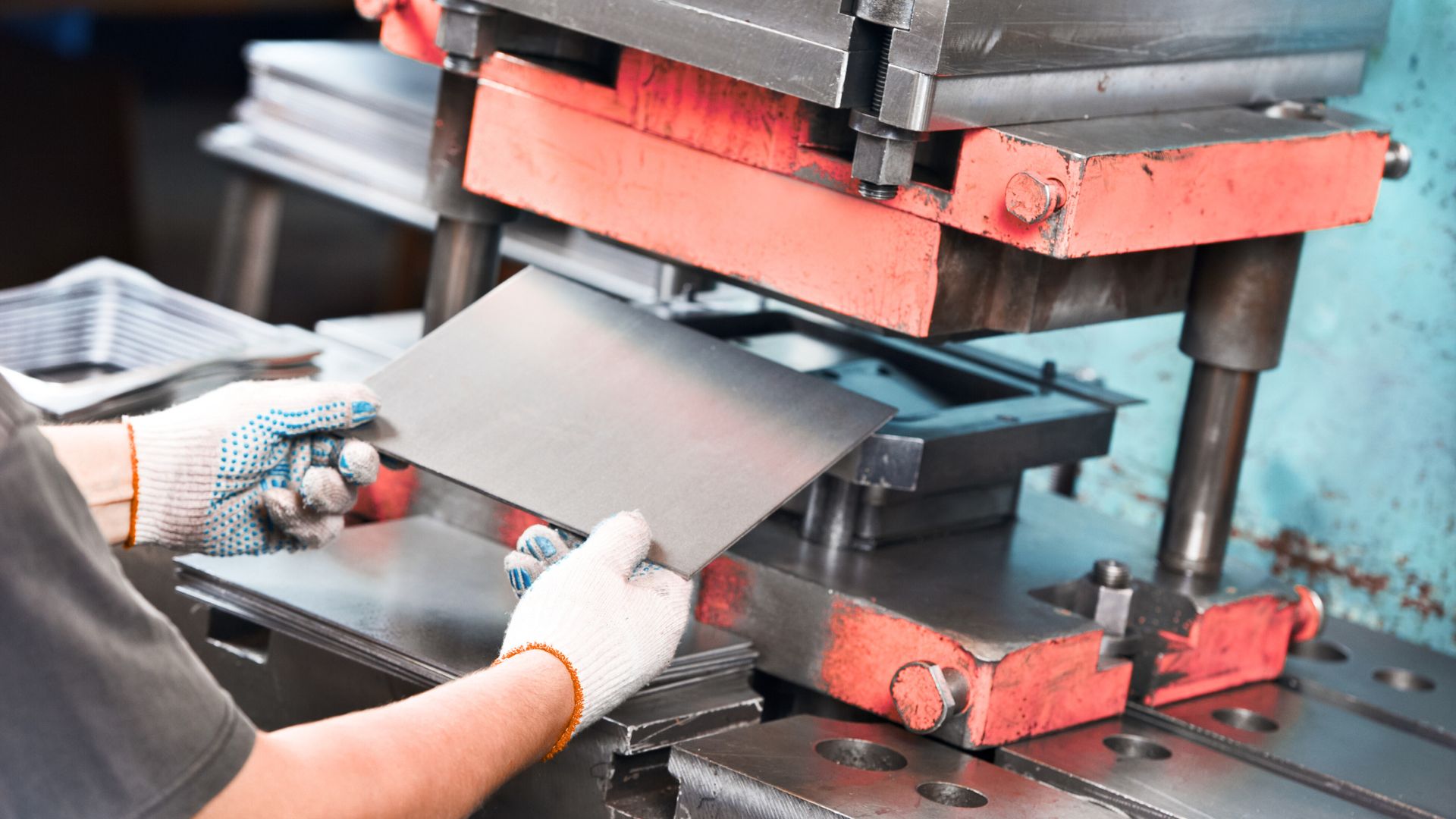The most recent news cycle generated speculation that an American “manufacturing renaissance” is imminent, based on rising oil prices and wages in China and low, stable energy costs in the United States. Although an American industrial renaissance is both desirable and patriotic, the facts actually support the status quo in which China manufacturing remains the best business option for forward-thinking businesses.
Handicapping the Benefits of China Manufacturing
Unfortunately, it’s practically impossible to put the genie back in the bottle. Global outsourcing of manufacturing continues to deliver impressive results for various reasons. Corporations choose China for locating their manufacturing facilities for many reasons and not just lower labor costs. These rational grounds include:
- Greater employee loyalty
- Fewer bureaucratic obligations
- Rapidly growing Chinese markets for consumer goods
- Proximity to manufacturing support services
- Access to Chinese research and technology
- Lower labor costs despite rising Chinese wages
- More efficient and cheaper transportation costs
- Companies that have committed to working in China have invested billions that must deliver returns before they will abandon their strategies
- Easier and cheaper access to Asian and European markets
- China’s vast labor pool
Problems that Limit the U.S. “Manufacturing Renaissance”
The United States will never regain the overwhelming industrial advantage it enjoyed in the latter part of the 20th century because of the competitive global economy, better communications and the poor perception of manufacturing careers that its citizens have. Americans want to regain a position of pride, but most people don’t want their children stuck in factory jobs.
Technology also affects everything in modern manufacturing. Companies that return their plants to the United States will use automation instead of people for many reasons. Returning to the United States or opening a competitive factory stateside requires an immense capital investment. Other challenges of U.S. manufacturing include:
- Americans don’t want unskilled, labor-intensive jobs.
- Political policy risks remain an ever-present danger in democratic society.
- The United States has a tremendous shortage of skilled laborers, and any correction to that deficit would likely trigger a round of inflation and higher wages.
- Business and government must find ways to solve the widening skills gap and instill pride for developing new manufacturing skills in younger people.
- Many schools no longer offer vocational educations, so retooling for a manufacturing economy becomes necessary.
- The United States continues to have strict lending policies and the highest corporate tax rates in the world.
In the United States, the federal government only has a limited role in offering business incentives. Unlike other nations that offer unified business policies, America leaves most of these matters to each state. U.S. manufacturers face a bewildering array of incentives and regulations that vary from state to state.
China manufacturing continues to offer businesses expanded markets, lower costs, global diversity and the powerful benefits of tapping into the unified Chinese entrepreneurial spirit. China’s vast natural and human resources provide the tools for almost unlimited growth. Companies that make strategic alliances with Chinese partners are best positioned to take advantage of an increasingly global economy, a long-term benefit that strengthens international competitiveness and business flexibility. Don’t overlook the potential your business will find in China manufacturing. Contact ITI today.





